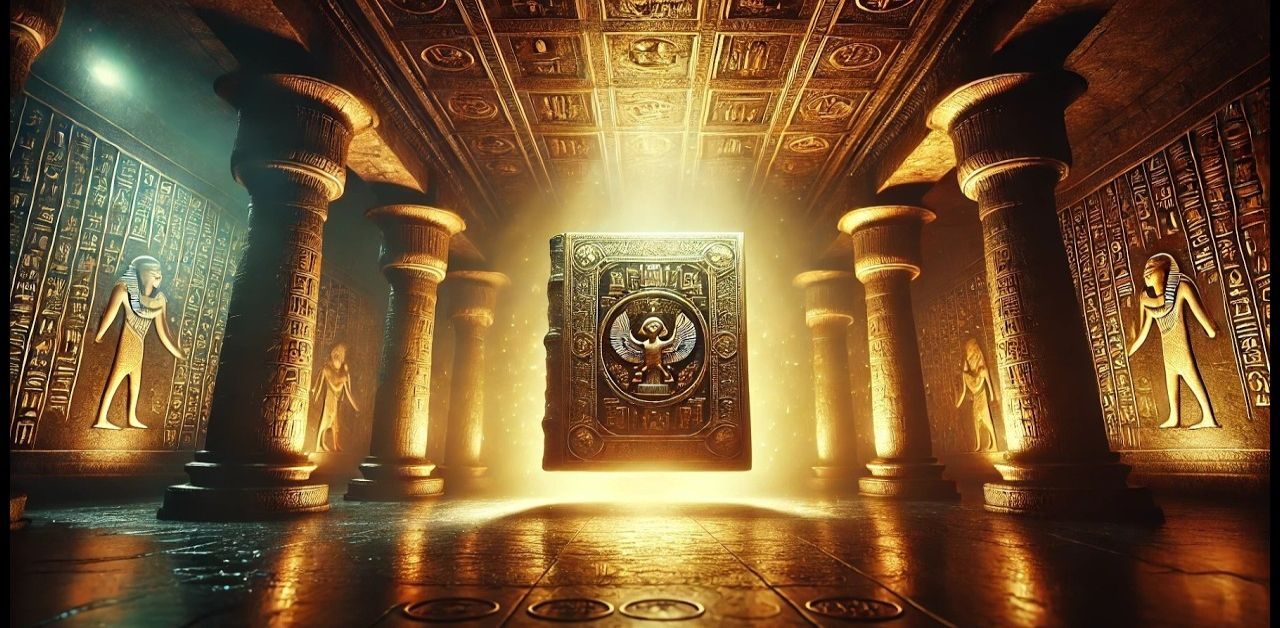Ancient Book have carried more than just words on paper throughout history. They’ve served as vessels of memory, wisdom, and mystery. While modern readers rely on digital screens, the fascination with ancient books continues to capture imaginations. These weathered manuscripts and texts—some thousands of years old—are more than relics. They’re keys to understanding lost civilizations, forgotten knowledge, and even the superstitions that shaped human belief.
The Power of Ancient Books in Preserving Knowledge
Imagine holding a manuscript written centuries ago. The ink may be faded, the parchment fragile, yet the ideas still speak. Ancient books are time capsules. They reveal how people thought, prayed, fought, and dreamed long before our era. The Epic of Gilgamesh, considered the world’s first great narrative, tells us not just a story but also the values and struggles of Mesopotamian society. Similarly, the Dead Sea Scrolls shed light on ancient religious practices, providing a bridge between history and faith.
Unlike modern books, which often serve entertainment or education, ancient manuscripts were often seen as sacred. They carried spiritual weight. For many, these books weren’t just read—they were revered.
Ancient Book Legends and the Mystery of Cursed Texts
Not all ancient texts inspired comfort. Some inspired fear. Across cultures, people whispered about ancient cursed books—manuscripts believed to bring misfortune to those who touched them. The idea of cursed writings is as old as civilization itself.
One famous example is the Book of Thoth, an Egyptian text said to contain spells so powerful that misuse could summon disaster. Legends claim that those who read it without permission from the gods faced tragic ends. In medieval Europe, grimoires—collections of spells and rituals—were often branded as cursed books, especially during times when superstition ruled and knowledge itself was considered dangerous.
What’s striking is how these fears reveal humanity’s complex relationship with knowledge. On one hand, books represented enlightenment. On the other, they symbolized forbidden power.

Why Ancient Books Still Matter in Today’s World
Even today, cursed books intrigue modern readers. Libraries and private collectors often report strange stories tied to rare manuscripts. Some describe unusual accidents, sudden illnesses, or eerie coincidences after handling certain texts. While skeptics dismiss these tales as folklore, the aura of danger keeps people curious.
Cursed manuscripts remind us that books aren’t just objects. They carry reputations, legends, and symbolic weight. Just as sacred books inspire awe, cursed ones provoke fear.
Ancient Books on Breaking Curses: Protection Through History
With fear came the need for protection. In many traditions, entire volumes were dedicated to countering curses. These books on breaking ancient curses offered rituals, prayers, or symbols believed to ward off dark energy. In ancient Babylon, clay tablets contained instructions for purification ceremonies. Medieval Europe had manuals that mixed Christian prayers with folk magic, guiding people on how to escape supposed supernatural harm.
Whether these remedies worked or not is secondary. What matters is that they reveal how deeply humans feared the written word’s power—and how desperately they sought ways to protect themselves.
Real-Life Examples of Ancient Books with Mystique
Some actual manuscripts continue to stir curiosity:
- The Voynich Manuscript – An illustrated book filled with unknown symbols and drawings of unidentifiable plants. To this day, no one has cracked its code.
- Codex Gigas – Known as the “Devil’s Bible,” this massive medieval manuscript contains a full-page image of the devil and is rumored to have been created with his help.
- The Book of Soyga – Discovered in John Dee’s library, an advisor to Queen Elizabeth I, it contains encrypted passages believed to be magical.
Each of these examples blurs the line between history, mystery, and myth—reminding us that ancient writings hold more than knowledge; they hold narrative power.
Modern Storytelling and Ancient Curses
Our fascination with cursed manuscripts hasn’t faded—it’s simply moved into literature and pop culture. From novels to films, cursed books appear again and again as symbols of forbidden knowledge. They captivate because they represent the ultimate “what if.” What if a single page could change your destiny?
This fascination connects seamlessly to contemporary works of fiction, where authors draw inspiration from the myths of ancient texts. One such example is The Curse of the Cat’s Eye, a captivating book available on Amazon. Inspired by timeless myths and legends, it tells a tale filled with mystery, danger, and adventure. Just like the ancient books of the past, it blends superstition with storytelling, inviting readers to question the boundaries between myth and reality.
Why Ancient Books Still Matter
In a world dominated by technology, why should we care about manuscripts that gather dust in archives? Because they’re not just about the past. They’re about us. Ancient books show us the origins of belief systems, the roots of storytelling, and the foundations of human curiosity.
They remind us that knowledge has always been powerful—and sometimes dangerous. Whether sacred or cursed, these texts shaped societies. They influenced kings, priests, and common people alike. Without them, our understanding of history would be incomplete.
Final Thoughts For Ancient Books
Ancient books are more than old paper and ink. They’re mirrors of humanity’s greatest fears, hopes, and dreams. From sacred scriptures to ancient cursed books, they reveal the double-edged nature of knowledge—capable of enlightening or terrifying.
Even now, we remain captivated. Whether studying the Voynich Manuscript in a university library or reading modern stories like The Curse of the Cat’s Eye, we’re still searching for answers hidden in pages—both real and imagined.
Perhaps that’s the real “curse” of books: once we open them, we’re never quite the same.



